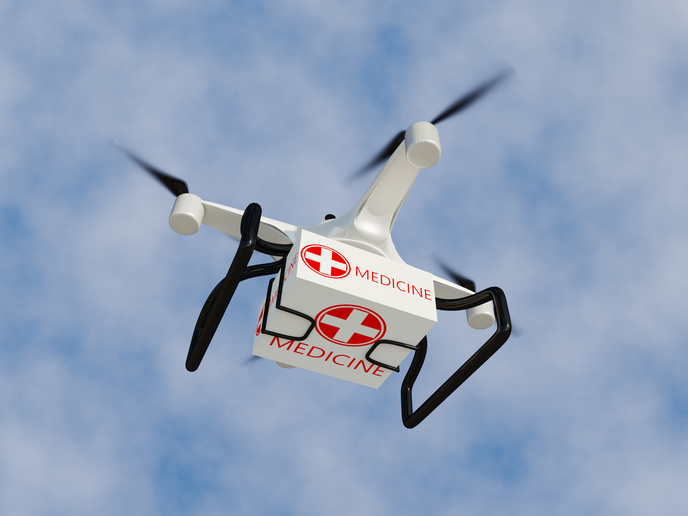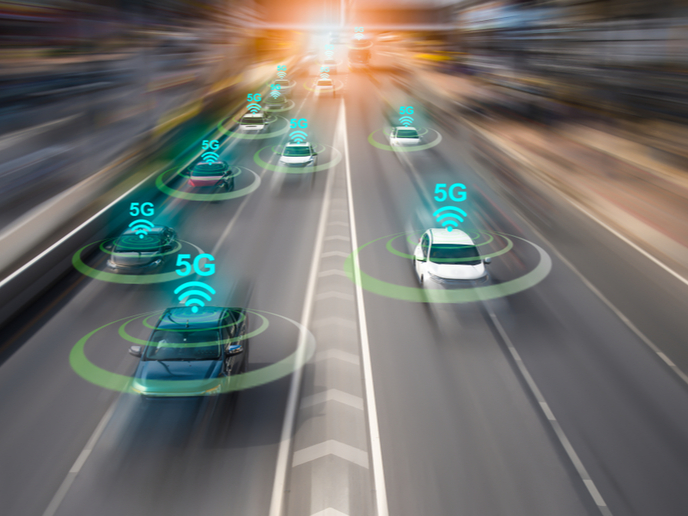Reshaping mobility for all
Automated vehicles have the potential to make transport safer, more sustainable and more inclusive by reducing accidents, decreasing emissions and increasing access. However, turning this potential into performance requires new technologies, new infrastructure and new regulations. “By accelerating the implementation of innovative connected, cooperative and automated mobility technologies and systems, IN2CCAM aims to pave the way towards a cleaner, safer and smarter way of transporting both goods and people,” says Maria Pia Fanti, a professor of System and Control Engineering at the Polytechnic University of Bari, the project’s coordinating partner.
Designing and developing new infrastructure
The heart of the project is the design and development of enhanced road infrastructure. This includes updating the physical environment, such as road signs, road layout, dedicated lanes and traffic lights. It also involves proposing suitable operational solutions, such as fleet management strategies, traffic planning and forecasting models, and new rules and regulations. Another core focus of the project is developing the digital infrastructure that will enable automated mobility. This includes everything from the communication technology that will improve connectivity to road sensors and cameras, high-definition maps, static and dynamic data, new optimised services, digital twin networks, and consensus algorithms. “Thanks to innovations in automation, our suite of services and technologies will contribute to reducing the number of road accidents caused by human error,” explains Fanti. “They will also have a positive environmental impact, reducing congestion and emissions and avoiding unnecessary trips.”
An opportunity to rework the rules and regulations
While important, designing infrastructure is only the first step. To have its intended impact, it must be implemented – and that requires extensive testing. “Because much of the infrastructure we are designing is safety-critical, the rules and regulations for validating it are very strict,” notes Fanti. Making this process more complicated is that each EU Member State has its own set of rules and regulations for automated vehicles. This meant that each technology would have to be tested in a different way in each country. “We saw an opportunity to work with regulators and develop uniform rules for the testing of automated vehicle infrastructure within the EU,” adds Fanti. “Because this enables the streamlined testing of not only our own infrastructure, but also the technologies and solutions developed by other initiatives, it will likely be the project’s main legacy.”
Testing now happening across Europe
The project is currently busy testing its solutions via living labs, putting automated vehicles through real-traffic operations. With a focus on last-mile mobility, the living lab in Tampere, Finland is building a mobility hub that looks to connect public transport with micromobility devices, bicycles and pedestrians. The tests involve automated vehicles equipped with environment perception sensors that can exchange information for automatically manoeuvring or deviating. In Trikala, Greece, researchers are using a fleet of automated shuttles to connect a suburban area with the city centre, facilitating the mobility of workers who live in this peripheral area and other vulnerable groups. Further labs are in operation in Italy and Spain. “This work highlights how IN2CCAM is reshaping mobility to not only be safer and more sustainable, but also ensure that it is inclusive and accessible for everyone,” concludes Fanti.
Keywords
IN2CCAM, infrastructure, connected, cooperative and automated mobility, CCAM, transportation, automated vehicles, fleet management strategies, digital infrastructure







